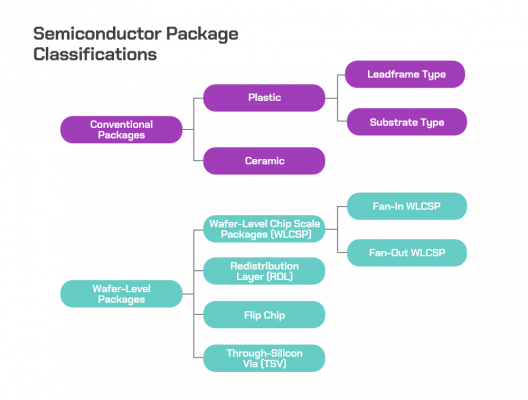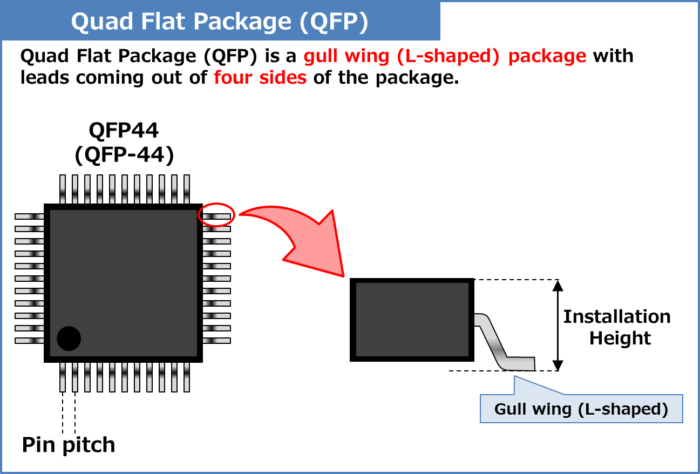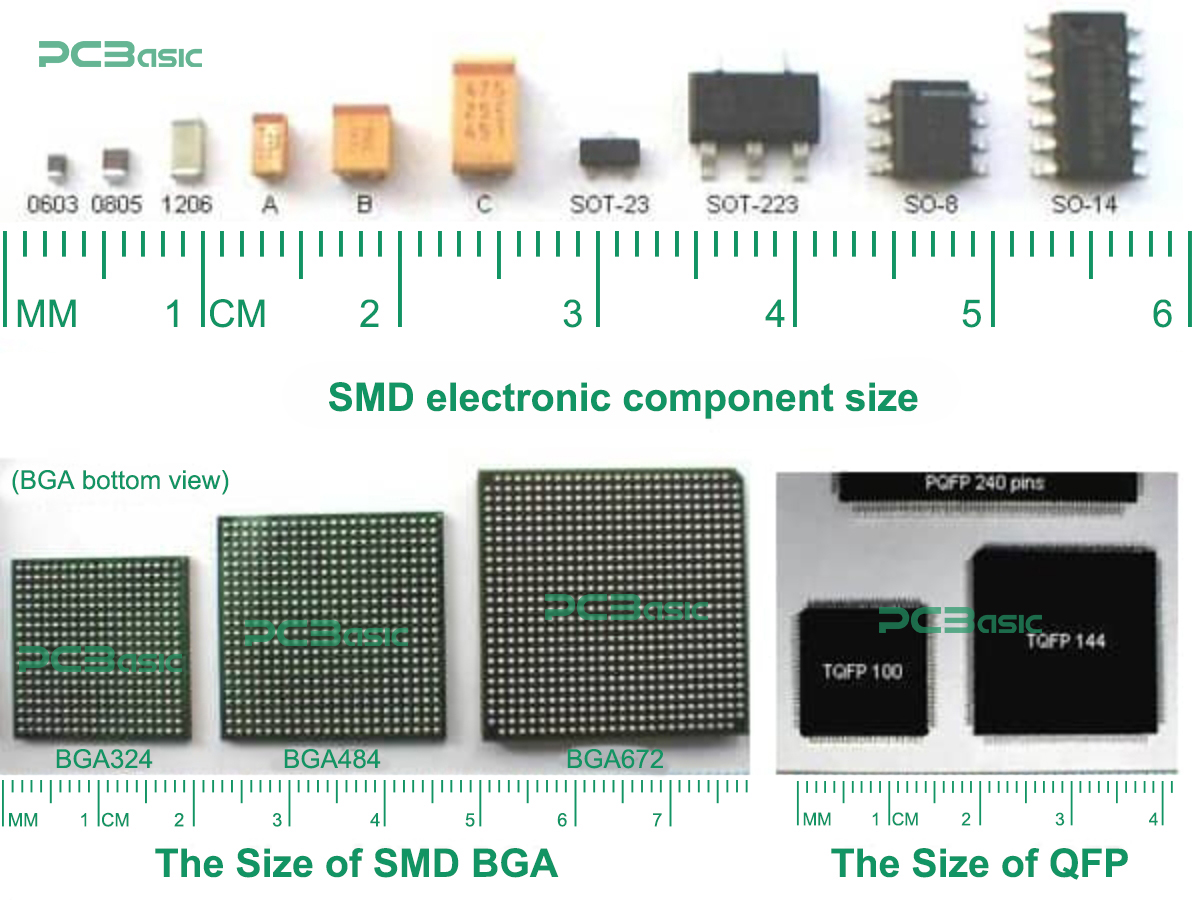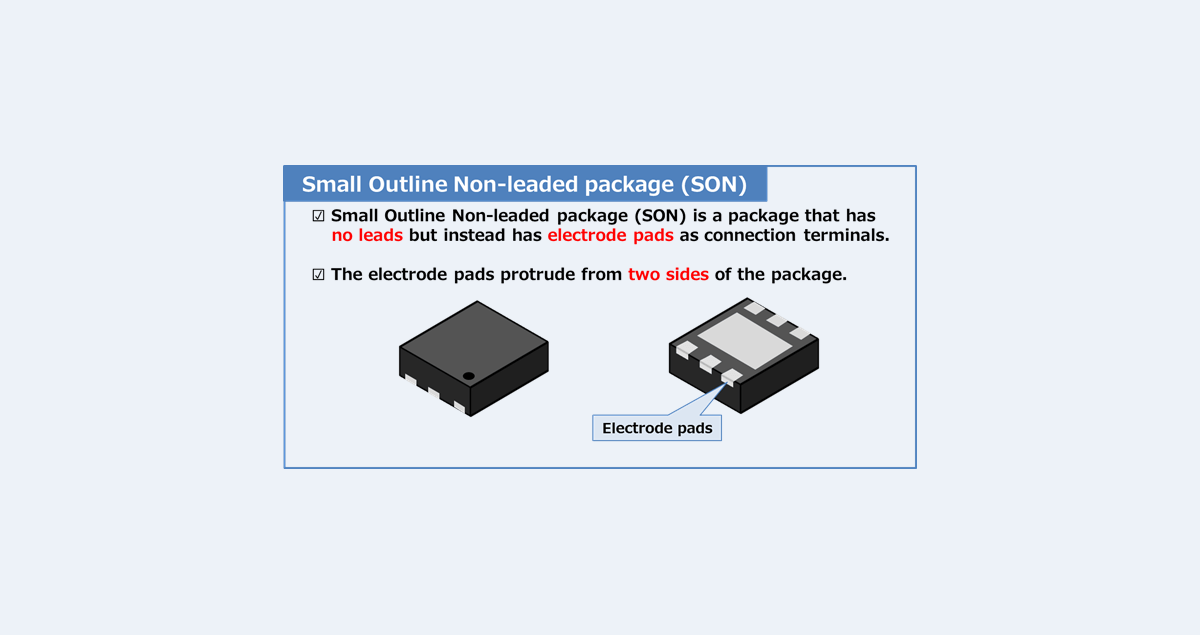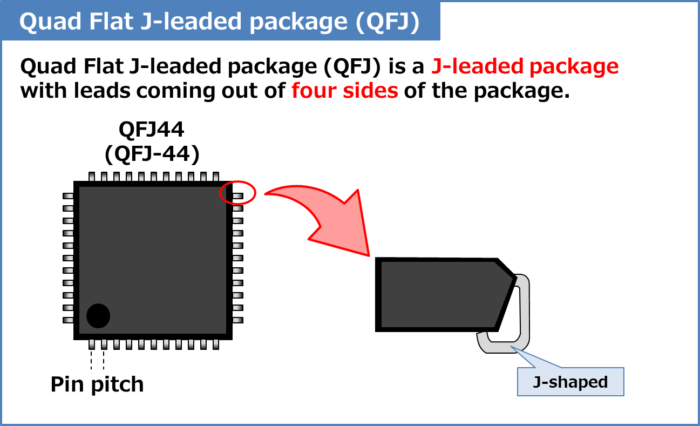No Source Backed Components Present In The Package

Imagine unwrapping a carefully chosen gift, the anticipation building with each peeled layer of paper. But instead of the expected treasure, you find an empty space, a void where something promised should have been. This unsettling feeling mirrors a growing concern in the world of product manufacturing: the absence of verified components within packaged goods.
At the heart of this issue lies the problem of transparency and authenticity in supply chains. Consumers and industries alike are increasingly grappling with the reality that packaged products, from electronics to pharmaceuticals, may lack the verifiable origins of their constituent parts. This situation raises critical questions about product safety, reliability, and the overall integrity of the manufacturing process.
The Rise of Component Concerns
The journey to understanding this challenge begins with a look at the evolving landscape of global manufacturing. Supply chains have become incredibly complex, often spanning multiple countries and involving numerous suppliers. This intricate web makes it difficult to trace the origin and authenticity of every component used in a finished product.
Several factors contribute to the rise of "no source backed components." One significant driver is the constant pressure to reduce costs. Some manufacturers may be tempted to use cheaper, unverified components to increase profit margins. This decision, however, can have significant repercussions.
Another factor is the increasing sophistication of counterfeiters. They are becoming adept at creating fake components that are difficult to distinguish from the real thing. These counterfeit parts can then enter the supply chain, often without the knowledge of the final product manufacturer.
The consequences of using components without verified sources can be far-reaching. In the electronics industry, for example, faulty components can lead to product failures, data breaches, and even safety hazards. Aerospace and defense industries are particularly vulnerable, where the failure of a single component can have catastrophic consequences.
"The increasing complexity of global supply chains requires a new level of vigilance and collaboration to ensure the authenticity and reliability of components," - John Smith, Supply Chain Expert.
Tracing the Roots: The Problem's Background
The issue of unverified components isn't new, but its prominence has grown in recent years due to several converging trends. Globalization, while offering benefits like access to a wider range of resources and markets, has also made it harder to control the flow of goods and information.
The rapid pace of technological advancement has further complicated the situation. New components are constantly being developed, and manufacturers are under pressure to incorporate them into their products quickly. This can sometimes lead to shortcuts in the verification process.
The lack of standardized tracking and tracing systems across different industries and countries also hinders efforts to combat the problem. Without a clear and consistent way to track components throughout the supply chain, it's difficult to identify and remove counterfeit or unverified parts.
In response to these challenges, various organizations and government agencies have begun to take action. The OECD (Organisation for Economic Co-operation and Development), for example, has developed guidelines for responsible supply chain management. These guidelines encourage companies to conduct due diligence and ensure that their suppliers are adhering to ethical and environmental standards.
The Significance of Verified Components
The importance of using components with verified sources cannot be overstated. It's not just about avoiding product failures or protecting brand reputation; it's also about ensuring the safety and well-being of consumers and the integrity of critical infrastructure.
Consider the pharmaceutical industry, where counterfeit drugs can have devastating consequences. If a drug contains unverified ingredients, it may not be effective in treating the intended illness, or it could even be harmful. This is why regulatory agencies like the FDA (Food and Drug Administration) have strict requirements for pharmaceutical manufacturers to verify the authenticity and source of their ingredients.
Similarly, in the automotive industry, using counterfeit or substandard parts can compromise the safety of vehicles. Faulty brakes, airbags, or other critical components can increase the risk of accidents and injuries. Therefore, auto manufacturers are increasingly investing in technologies and processes to track and verify the origin of their parts.
Building Trust Through Transparency
Addressing the issue of unverified components requires a multi-faceted approach. It involves collaboration between manufacturers, suppliers, government agencies, and consumers. Transparency and traceability are key to building trust and ensuring the integrity of supply chains.
One promising approach is the use of blockchain technology. Blockchain provides a secure and transparent way to track components throughout the supply chain, from the point of origin to the final product. Each transaction is recorded on a distributed ledger, making it difficult to tamper with or counterfeit information.
Another important aspect is education and awareness. Consumers need to be aware of the risks associated with counterfeit products and know how to identify them. Manufacturers need to invest in training and resources to ensure that their employees are equipped to detect and prevent the use of unverified components.
Looking Ahead: A Call for Collaboration
The challenge of unverified components is not going away anytime soon. As supply chains become more complex and globalized, the risk of counterfeit and substandard parts will only increase. However, by working together and embracing new technologies, we can create a more transparent and secure manufacturing ecosystem.
This requires a shift in mindset, from simply focusing on cost reduction to prioritizing quality, safety, and ethical sourcing. It also requires a commitment to collaboration and information sharing, so that all stakeholders can work together to identify and address potential risks.
Ultimately, the goal is to create a world where consumers can have confidence in the products they buy, knowing that they are made with verified and trustworthy components. This is not just a matter of business; it's a matter of protecting our health, safety, and well-being.









